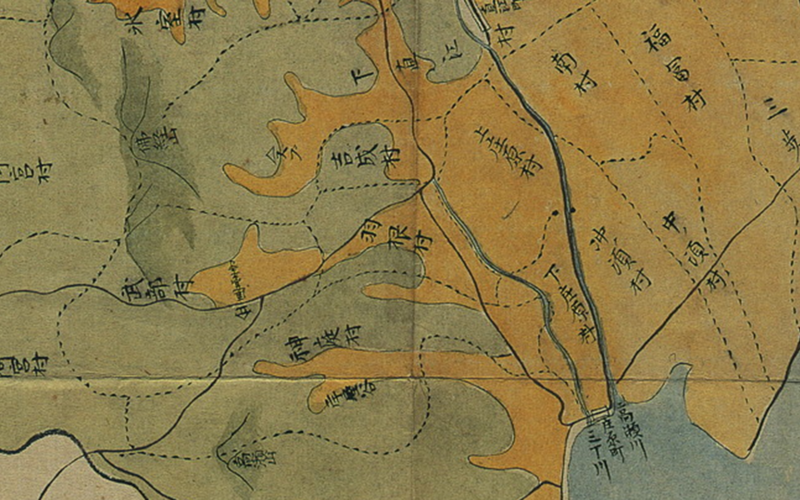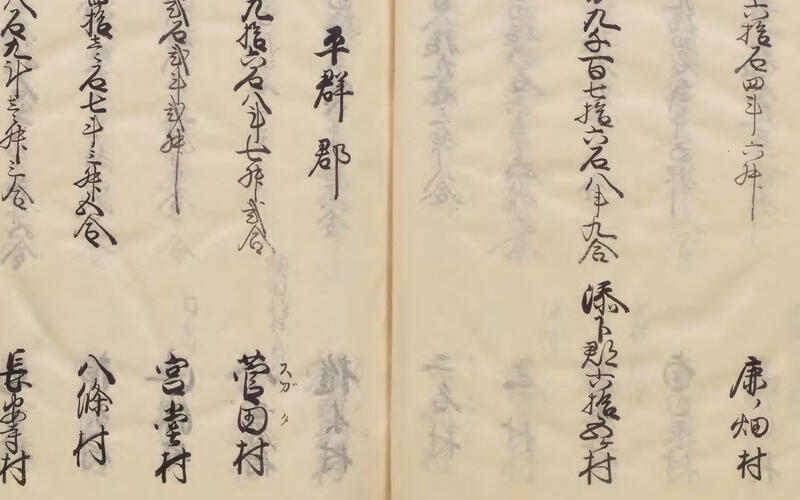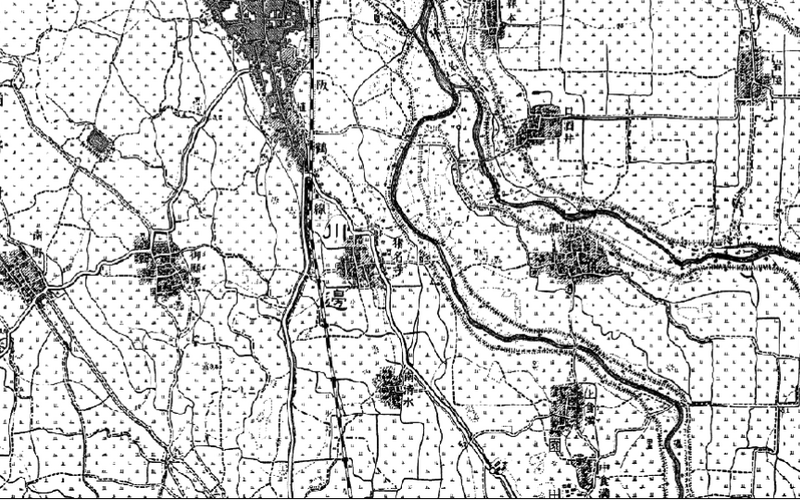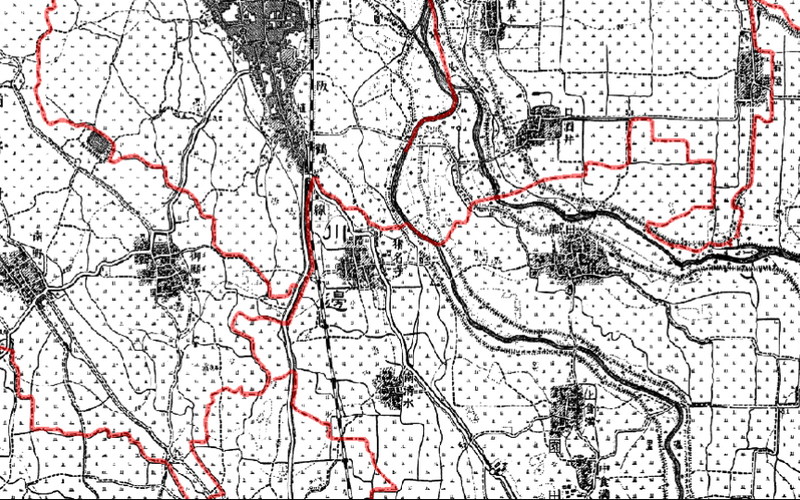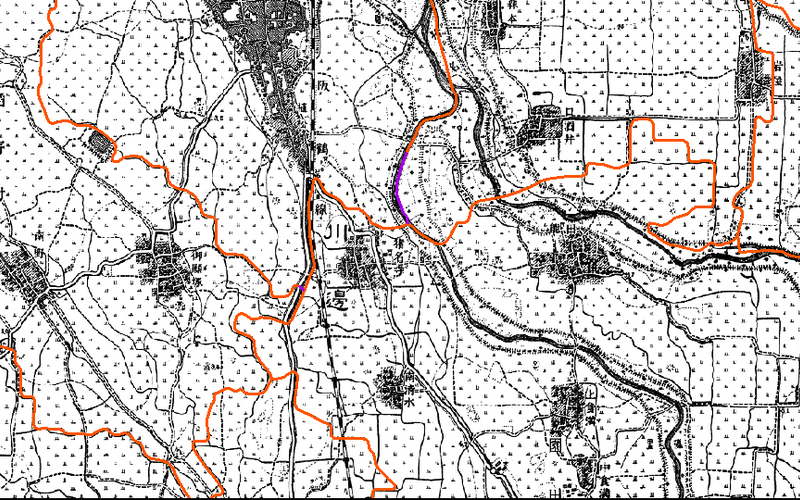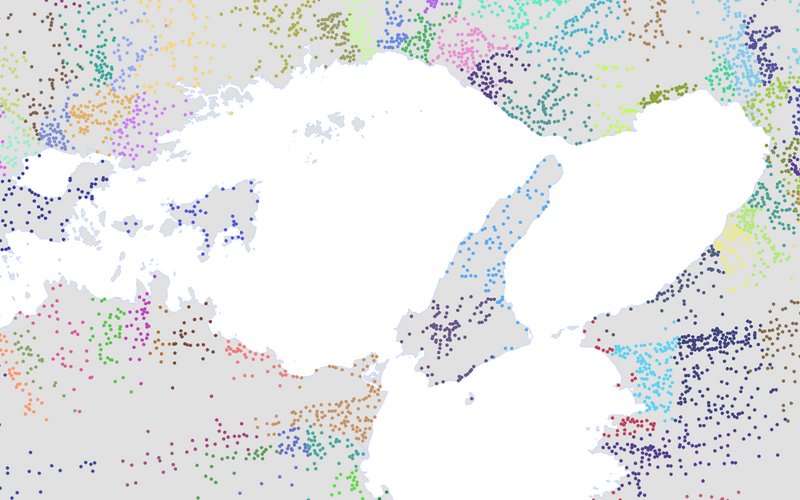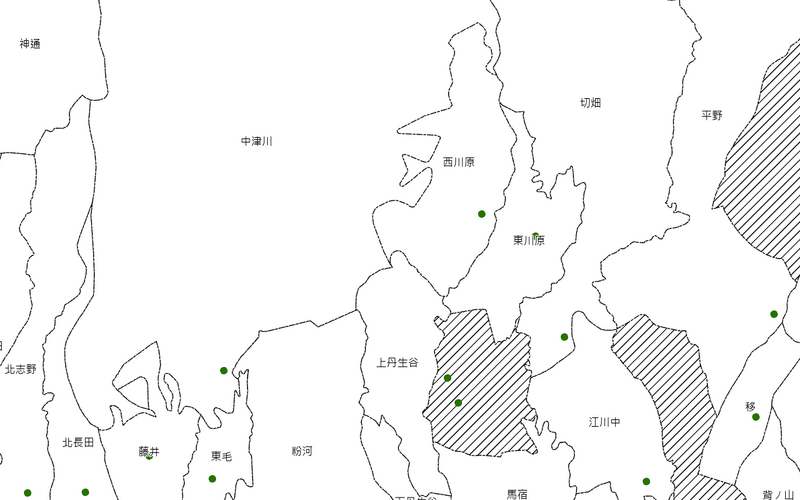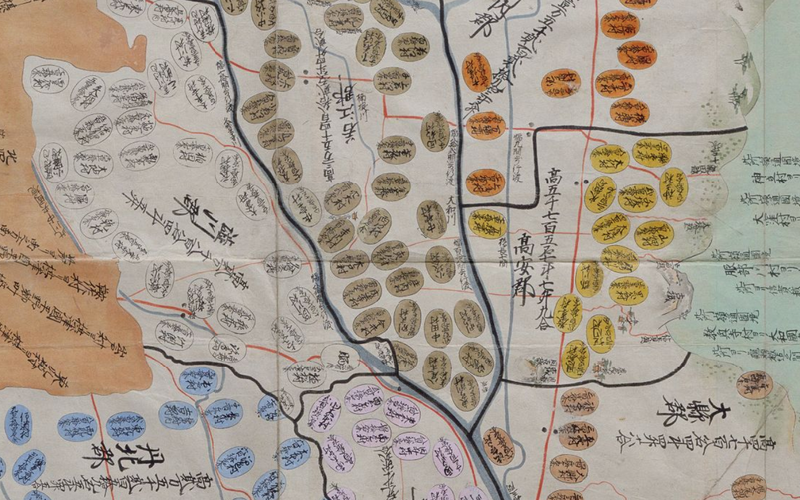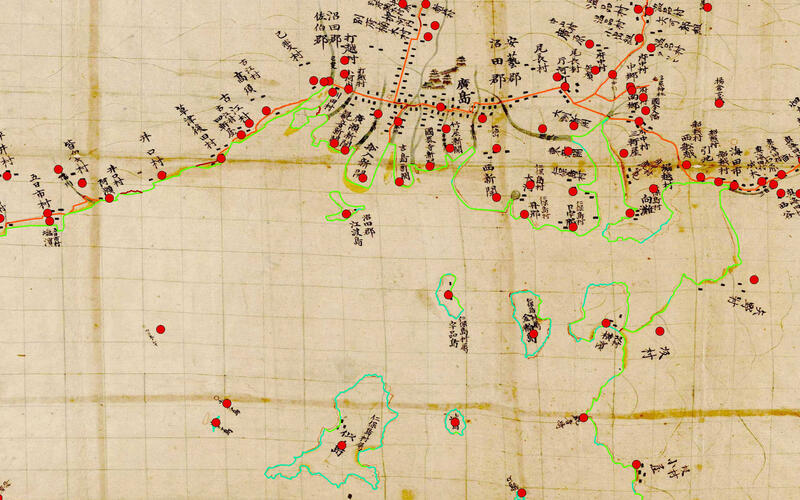Part of the Council of East Asian Studies at the MacMillan Center, the Digital Tokugawa Lab is a group of scholars working on digital humanities projects with a focus on pre-modern Japan. Inspired by the idea that some forms of knowledge production require a range of expertise and a scale of labor that cannot be covered by a single individual, the lab was established in fall 2019 by Fabian Drixler and has four other full-time lab members.
For details on our inaugural project, please see Digital Atlas of Tokugawa Japan.

